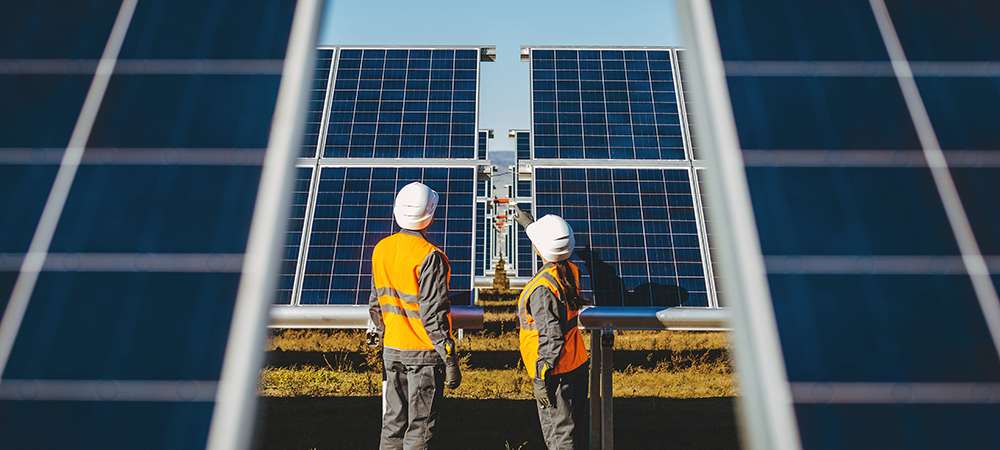The renewable energy sector has taken a hit during the past few years, with high valuations, interest rate hikes and a surge in production and material inflation. This has resulted in lacklustre results from notable energy pioneers. But Jakob Westh Christensen, Market Analyst at eToro, believes this is about to change. He explores how the sector’s profitability is set to recover.
The past years have presented challenges for renewable energy investors. The iShares Global Clean Energy ETF, which includes around 100 renewable energy stocks, is down approximately 33% since the start of 2023.
As recently as August, we got lacklustre results from two renewable energy pioneers, the leading wind turbine manufacturer, Vestas, and the global green energy provider, Orsted. Vestas had a loss for the quarter and had to downgrade their guidance for 2024, giving more momentum to the stock’s 23% decline this year. Meanwhile, Orsted could announce additional write-downs, including losses on a major 700MW offshore wind power farm on the coast of Connecticut and Rhode Island due to project delays caused by an immature supply chain. The Orsted stock is down 28% over the year.
The sector has also suffered from a perfect but temporary storm of; i) high valuations, ii) dramatic interest rate hikes by central banks, iii) a surge in production and material inflation. However, renewable energy is down, not out. Things are about to change, and the sector could finally start seeing some tailwind.
The last two years’ ‘renewable energy correction’ with declining stock prices has improved the sector’s valuation, which no longer trades with significant premiums. For example, the iShares Global Clean Energy ETF is now trading at price/earnings multiple of around 15x, aligning with the broader European market. However, it is still higher than the oil and gas sector, which also lacks perpetuity earnings potential.
Lower interest rates will also support renewable energy. The last few years have made financing capital-intensive renewable energy projects expensive. Institutional investors such as pension funds have had attractive alternatives investing in bonds that offer them a stable cash flow profile similar to that of many renewable energy projects.
However, with the global central banks having passed the top of the interest cycle, help for the sector is on its way. With the US central bank, the Federal Reserve, projecting that the interest rate in the longer run could move towards a natural level of around 2.8%, the sector is set to benefit from around ten interest rate cuts of 0.25 basis points over the next few years.
The sector’s profitability is also set to recover after a surge in production and material costs over the last few years that put pressure on profitability. Uniquely, the sector has suffered from being unable to pass on higher costs with electricity settlement prices that are often agreed upon many years into the future. This became evident in several tenders for the construction of wind farms in Germany and Spain, where no developers submitted bids because it was simply not profitable at the settlement price offered by the governments.
However, sector profitability could finally improve, with production and material inflation fading and governments stepping up to support the green transition. For example, we have seen the UK government increasing the settlement price for offshore wind farms by 66% in a tender process to attract developers. Despite fiscal constraints among many western governments, the green transition is a top agenda for voters, and countries serious about the climate crisis will have to support the transition.
Lastly, structural tailwinds indicate continued staunch support for renewable energy. The International Energy Agency (IEA) expects global investment in renewable energy to reach 2 trillion dollars this year, a c. 65% increase since 2020 and almost double that of fossil fuels. Renewable energy investments will need to more than double to 4.3 trillion dollars annually by 2030 to achieve net zero carbon emissions by 2050.
With company valuations down and tailwind from rate cuts, improved sector profitability and structural demands for the sector, renewable energy stocks have the potential to overperform in the years ahead. However, as a retail investor, we need to respect that this is still a new and evolving sector, and it is crucial to have patience and, more importantly, to spread our exposure across multiple companies and types of renewable energy solutions to reduce our risk and dependence on a single technology.


